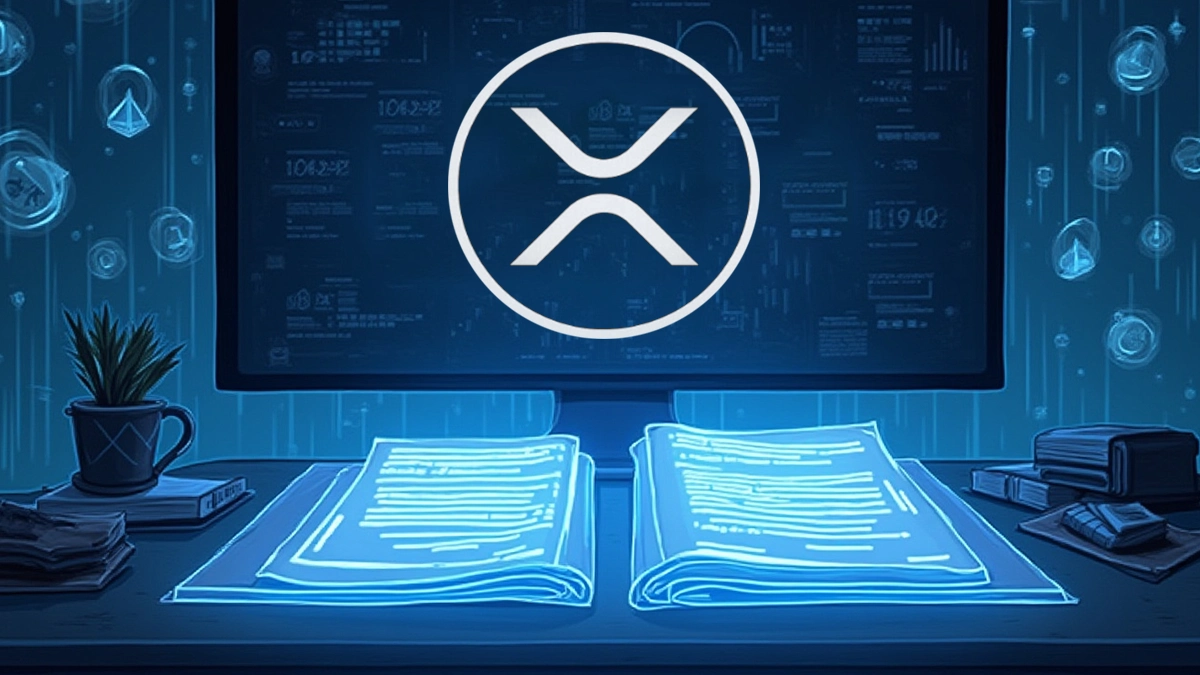- CLARITY Act defines digital assets and enables institutional adoption of RDAs
- GENIUS Act gives stablecoins legal backing, inviting fintech giants into crypto
- Anti-CBDC Act bans surveillance dollars, reinforcing US support for financial privacy
In a historic move that could define the next decade of digital finance, the U.S. House of Representatives passed three major crypto regulation bills on July 17, 2025. According to
Our Crypto Talk an analytic firm data, with strong bipartisan support, the CLARITY Act, the GENIUS Act, and the Anti-CBDC Surveillance State Act are set to reshape the entire cryptocurrency landscape.
For years, the lack of legal clarity has been the biggest hurdle to innovation in the blockchain space. Now, that uncertainty is being replaced with a clear regulatory framework that opens the doors to mainstream adoption, institutional backing, and technological breakthroughs.
The CLARITY Act: A Legal Foundation for Digital Assets
Among the trio, the CLARITY Act stands out as a pivotal turning point. It defines what digital assets are, categorizes them distinctly from traditional securities, and introduces a new class: Registered Digital Assets (RDAs). These RDAs are compliant by design and offer a secure path for projects to interact with traditional finance.
Significantly, only a few major cryptocurrencies currently meet the criteria of “mature” digital assets under this act namely, Bitcoin, Ethereum, and Cardano. These tokens now enjoy a level of legal certainty that makes them far more attractive to institutional investors.
Consequently, they could see surging demand from both retail and Wall Street players. This act is more than regulation it’s a green light for blockchain’s integration into the broader economy.
Projects like Solana and Chainlink can also restructure under the RDA framework, potentially unlocking listings on regulated exchanges. This could mean better access to capital, improved liquidity, and faster mainstream acceptance. Moreover, it may even inspire tech giants to tokenize stocks, transforming equities into blockchain-based assets.
Stablecoins Get Serious: The GENIUS Act
The GENIUS Act provides legal status and regulatory guardrails for stablecoins such as USDC and PayPal USD. Under this act, these assets gain the same oversight as traditional banking tools.
This move is expected to attract fintech leaders like Apple, Visa, and Stripe into the space. They now have a regulatory greenlight to offer crypto-based services without legal ambiguity.
Win for Privacy: The Anti-CBDC Act
The Anti-CBDC Act blocks any attempt by the Federal Reserve to issue a surveillance-oriented digital dollar. This protects personal financial freedom and gives decentralized cryptocurrencies a competitive edge. The ban signals that America is committed to privacy and innovation, not authoritarian control.
A Tipping Point for Altseason
These regulatory moves aren’t just policy wins they’re market catalysts. Bitcoin has already surged 5%, and Ethereum has reclaimed the $3,600 mark. Most importantly, the regulatory fog has lifted.
Startups can now launch legally. Institutions have a clear path to engage. Retail investors gain peace of mind. This altseason won’t be built on hype. It will be driven by legal clarity, structural trust, and mainstream integration.














